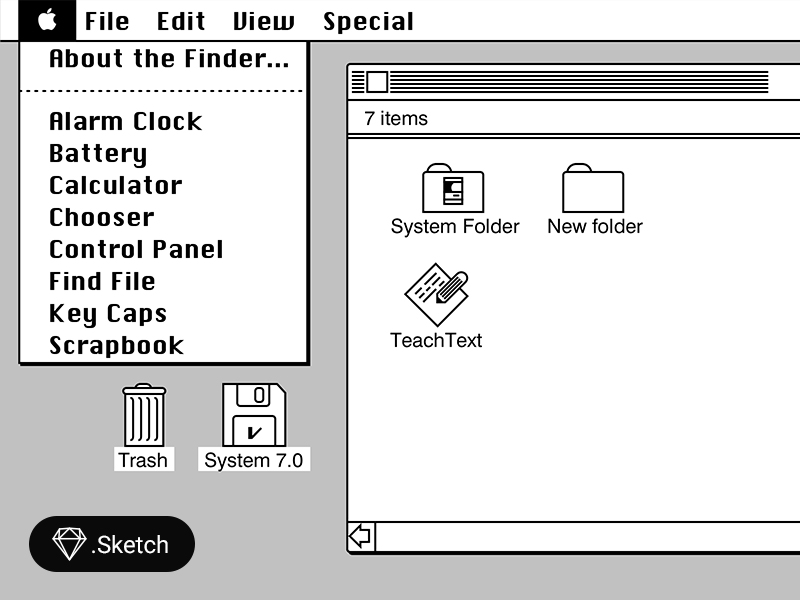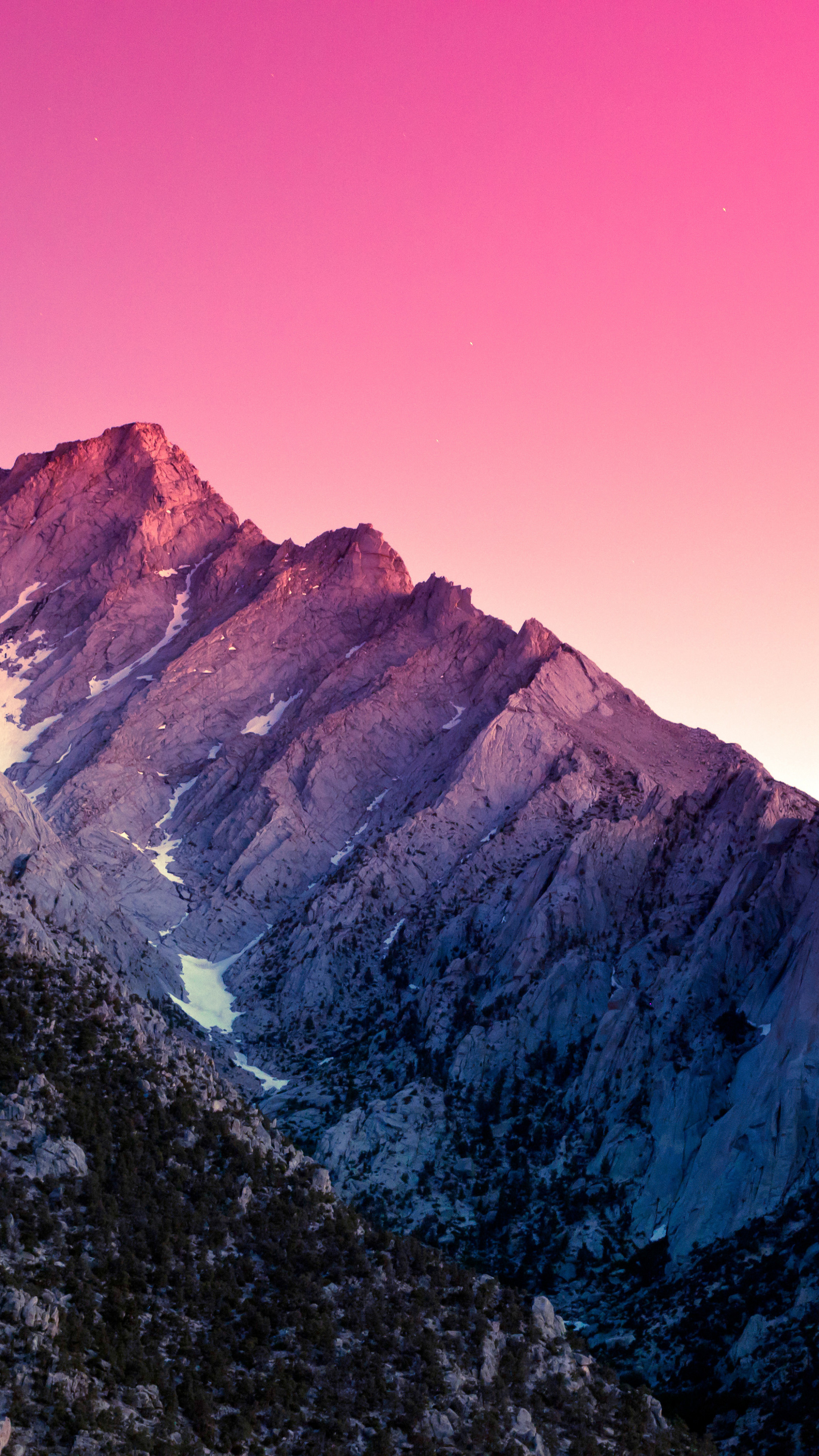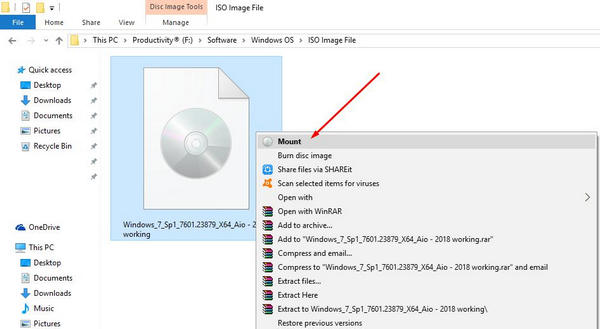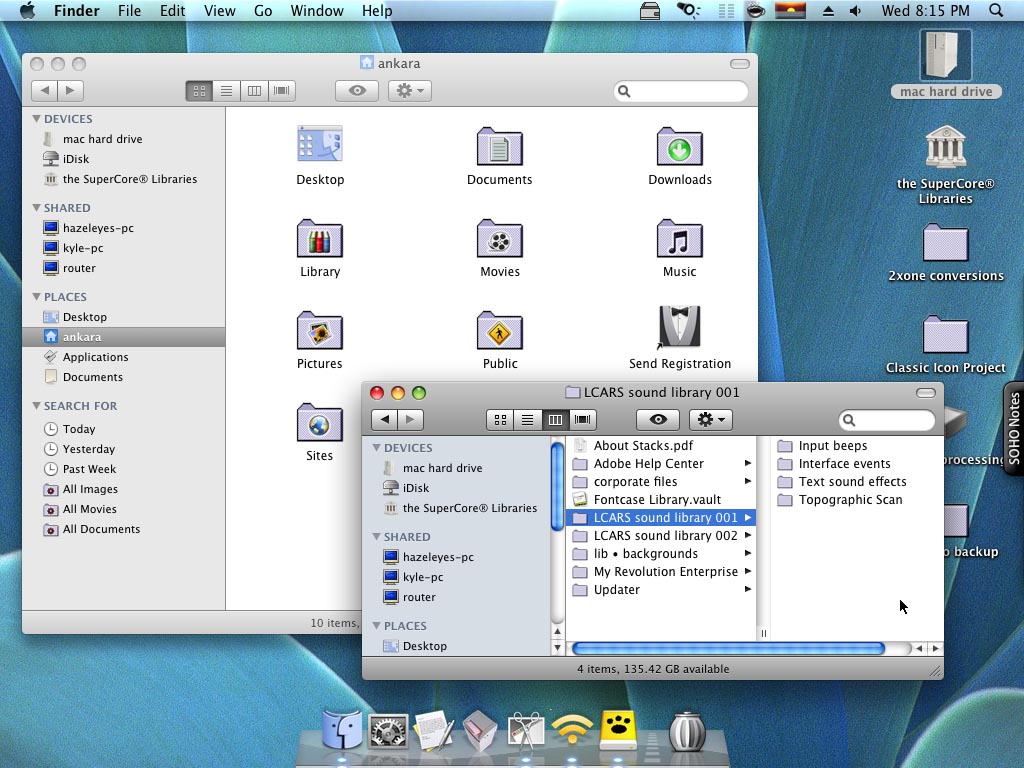Mac OS 7.7 (alpha version a2c5, code named 'Speedy') was a pre-release version of the successor to Mac OS 7.6.1 that was renamed to Mac OS 8 (code named 'Tempo'). Contents 1 Features. For Mac users who also need to use a PC at work, home or just with specific applications, there is a solution. Using Boot Camp Assistant, you can install Windows 7 on your Intel-based Mac computer in its own partition. You’ll have a dual-boot system with your Mac OS on one partition and Windows on another.
If your Mac is using an earlier version of any Mac operating system, you should install the latest Apple software updates, which can include important security updates and updates for the apps that are installed by macOS, such as Safari, Books, Messages, Mail, Music, Calendar, and Photos. MacOS Latest version; macOS Big Sur. PCE.js Mac Plus emulator running Mac OS System 7 — a hack by James Friend PCE.js emulates classic computers in the browser. This is a simulation of a Classic Macintosh from 1984, running System 7.0.1 with MacPaint, MacDraw, and Kid Pix. I am looking for the full installation media of Mac OS 7.6.1. Log in or register to post comments; July 19, 2017 - 9:46am #5. Last seen: 2 days 4 hours ago. Joined: May 22 2013 - 20:37. Re: MacOS 7.6.1 ISO. Excuse my Mac OS ignorance, but what is the ISO File.
Devices and Mac OS X version
VLC media player requires Mac OS X 10.7.5 or later. It runs on any Mac with a 64-bit Intel processor or an Apple Silicon chip. Previous devices are supported by older releases.
Note that the first generation of Intel-based Macs equipped with Core Solo or Core Duo processors is no longer supported. Please use version 2.0.10 linked below.
If you need help in finding the correct package matching your Mac's processor architecture, please see this official support document by Apple.
Web browser plugin for Mac OS X
Support for NPAPI plugins was removed from all modern web browsers, so VLC's plugin is no longer maintained. The last version is 3.0.4 and can be found here. It will not receive any further updates.
Older versions of Mac OS X and VLC media player
We provide older releases for users who wish to deploy our software on legacy releases of Mac OS X. You can find recommendations for the respective operating system version below. Note that support ended for all releases listed below and hence they won't receive any further updates.
Mac OS X 10.6 Snow Leopard
Use VLC 2.2.8. Get it here.
Mac OS X 10.5 Leopard
Use VLC 2.0.10. Get it for PowerPC or 32bit Intel.
Mac OS X 10.4 Tiger
Mac OS X 10.4.7 or later is required
Use VLC 0.9.10. Get it for PowerPC or Intel.

Mac OS X 10.3 Panther

QuickTime 6.5.2 or later is required
Mac Os 7 Online
Use VLC 0.8.6i. Get it for PowerPC.
Mac OS X 10.2 Jaguar

Use VLC 0.8.4a. Get it for PowerPC.

Mac OS X 10.0 Cheetah and 10.1 Puma
Use VLC 0.7.0. Get it for PowerPC.
Mac Os 7 Crash
One of the problems retro Mac enthousiasts face nowadays is figuring out how to mount old/random disk images in order to access the game or app in it. First of all, you have to know that there were at least a dozen disk image formats back then (altough only a handful of them were widely used) and fortunately for you, there is a very nice disk image mounting tool for classic Mac called Virtual DVD-ROM/CD Utility that mounts just about all of them (tough, NOT ALL of them). Around the mid 90's, Toast came into play with CD imaging. So if your image is big (e.g. 100MB or more) or ends with .iso, .cdr or if it did not come stuffed (.sit) or encoded (.hqx) then it most probably will mount using Toast. As a matter of fact, if you're unsure and your disk image is bigger than 800KB, Toast will 99% of the time successfully mount it. Try this software if you're stuck with a blank icon that doesn't open with any other application. First, install Toast 5 Titanium if you have Mac OS 8.6 to Mac OS 9.2.2. For Mac OS 8.5 and below (down to Mac OS 7.5.1), install Toast 4. DiskCopy, bundled with late classic Mac OS versions, opens Apple's own distribution disk images such as file names that end with '.img'. It's worth noting that just because you could once mount a .img file with DiskCopy does not mean that you can mount all of them with it nor with the same version of DiskCopy. Two very important notes about DiskCopy: First, altough DiskCopy will successfully mount 400KB (MFS formated) single sided floppy disk images under Mac OS 7 and older, it will NOT mount them under Mac OS 8.1 to 9.2.2, so if you've got a very old 400KB disk image, the only option is to mount it under Mac OS 7 or older. Second, disk image files created with DiskCopy *CANNOT* be copied/transfered to a non-Macintosh partition. They will get damaged and lose their resource fork, rendering them useless. So, do not unzip or expand DiskCopy images on Windows or Linux. Expand them under Mac OS to be safe. With all of that said, the rule of thumb is: DiskCopy is good to mount small (e.g. floppy or zip) disk images (often ending with .dsk or .img) that you found stuffed (.sit) or encoded (.hqx) on the internet and it's good also for all Apple disk images such as software updates and installers. DiskCopy is also responsible for file names ending with '.smi' (self mounting image) altough they're actually a standalone application and so, they will auto-mount their contents by themselves. Tough, if you run across a .img file that DiskCopy does not recognize, then it's probably a ShrinkWrap or DiskDup disk image. ShrinkWrap was Aladdin's (the author of Stuffit) proprietary format that DiskCopy could not mount, so make sure you keep a copy of ShrinkWrap handy to mount some of the 90's floppy disk images. DiskCopy and ShrinkWrap were pretty much the standard in disk imaging from mid 80's to mid 90's, except for some fancy users who made disk images using DiskDoubler so if you have a 90's disk image about the size of a floppy or less and it doesn't mount with aforementioned tools, then try DiskDoubler. The image mounting quest!STEP ZERO: Begin by trying to mount your disk image file with Virtual DVD-ROM/CD Utility and if this fails, then proceed with these... 1) Make sure you installed Toast, ShrinkWrap and DiskCopy. Then launch Toast and choose 'Disc Image' in the 'Other' menu. 2) Drag and drop your disk image file onto Toast's window. 3) It's very well possible that Toast does not recognize the file type, in which case it will show a warning message like the following. It's totally fine and 99% of the time it will mount the disk image perfectly fine, so make sure you click 'Continue' on this warning. Next, if you saw the warning message, it will then ask you to define the pregap and postgap. Don't touch any of those numbers and simply click 'OK'. 4) Then click the 'Mount' button on the Toast window and your disk image will mount on the desktop next to your main hard disk volume. If it does not, then Toast will output an error message like this. When you see this, it almost always means this is a ShrinkWrap image or a DiskCopy image. Try ShrinkWrap as it does both. 5) Launch ShrinkWrap and pull the top menu named 'Image' and choose 'Mount Image...' then select your disk image file. If a window very briefly appears and disappears but then nothing else happens, it means that ShrinkWrap cannot mount this disk image. Your only hope is then DiskCopy. 6) Launch DiskCopy, then drag and drop your disk image file onto the DiskCopy window. 7) Success! |
